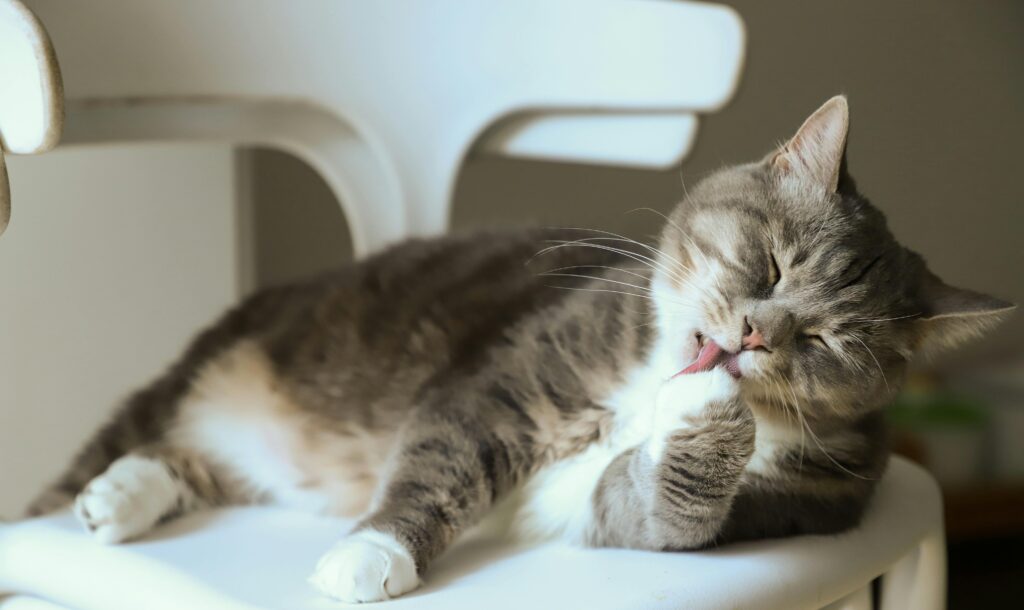
Tips and Tricks for a Happy, Healthy Feline
Why Indoor Cats Need Exercise
Have you ever wondered, “What are the best ways to exercise indoor cats?” It’s a common concern among cat owners. Indoor cats can become bored and overweight without proper stimulation and exercise. Unlike their outdoor counterparts, indoor cats rely on their owners to provide opportunities for physical activity. Exercise is crucial for their overall health, preventing obesity, and reducing behavioral issues.
Understanding Your Cat’s Natural Instincts
Cats Are Natural Hunters
Cats are natural hunters, and this instinct doesn’t go away just because they live indoors. Understanding this is key to finding the best ways to exercise indoor cats. Simulating hunting behaviors through play can keep them engaged and active.
Individual Preferences
Every cat is unique. Some may prefer chasing toys, while others enjoy climbing or interactive games. Pay attention to your cat’s preferences to tailor their exercise routine.
Fun and Engaging Ways to Exercise Your Indoor Cat
Interactive Toys
Interactive toys are a fantastic way to engage your cat. Laser pointers, feather wands, and motorized toys mimic the movement of prey, enticing your cat to chase and pounce.
Example: Use a laser pointer to create unpredictable patterns on the floor. Your cat will love chasing the elusive red dot.
Climbing and Perching
Cats love to climb and perch. Providing vertical spaces like cat trees, shelves, and window perches can encourage your cat to stay active.
Example: Install a multi-level cat tree near a window. Your cat can climb, scratch, and watch the outside world, all while getting a good workout.
Puzzle Feeders
Puzzle feeders combine mealtime with exercise. These devices make your cat work for their food, stimulating their mind and body.
Example: Use a treat-dispensing ball. Fill it with your cat’s favorite treats or kibble, and let them roll it around to get the food out.
Daily Play Sessions
Set aside time each day for structured play sessions. Use a variety of toys to keep things interesting and prevent boredom.
Example: Spend 15 minutes in the morning and evening playing with your cat. Rotate toys to maintain their interest and challenge them in different ways.
Real-Life Stories: Keeping Indoor Cats Active
Max and His Laser Pointer
Max, a lazy indoor cat, struggled with weight gain. His owner, Emily, introduced a daily laser pointer session. Max quickly became more active, chasing the red dot around the house. Over time, Max lost weight and became more energetic.
Luna’s Climbing Adventures
Luna, a curious cat, was always looking for new places to explore. Her owner, Sarah, installed shelves and a large cat tree. Luna now spends hours climbing, perching, and watching birds from the window. This simple addition transformed her daily routine and kept her engaged.
Addressing Common Challenges
Limited Space
Living in a small apartment doesn’t mean your cat can’t get enough exercise. Vertical spaces and interactive toys can maximize limited space effectively.
Tip: Install wall-mounted shelves or a compact cat tree to provide climbing opportunities without taking up much floor space.
Lazy Cats
Some cats are naturally lazier than others. Finding the right motivation can be a challenge, but it’s possible with patience and persistence.
Tip: Experiment with different toys and activities. Some cats might prefer interactive toys, while others respond better to treat-based games.
FAQs About Exercising Indoor Cats
How much exercise does my indoor cat need?
Cats typically need about 30 minutes of exercise per day. This can be split into shorter sessions throughout the day.
What if my cat doesn’t like to play?
Some cats may be less interested in play. Try different types of toys and activities to find what they enjoy. Puzzle feeders and climbing structures can also encourage movement.
Can older cats still exercise?
Yes, older cats can and should exercise, but their activity levels may vary. Gentler play sessions and climbing aids can help keep them active without overexertion.
Additional Tips for Keeping Indoor Cats Active
Rotate Toys
Cats can get bored with the same toys. Rotate their toys regularly to keep them interested and engaged.
Tip: Keep a stash of toys and introduce new ones every few weeks. This keeps playtime exciting and fresh.
Encourage Natural Behaviors
Encouraging natural behaviors like scratching, climbing, and hunting can help keep your cat active. Provide scratching posts, climbing structures, and interactive toys to stimulate these instincts.
Tip: Place scratching posts in areas your cat frequents. This encourages them to use the post instead of your furniture.
External Resources for Further Reading
For more detailed information on exercising indoor cats, visit:
Final Thoughts
What are the best ways to exercise indoor cats? The answer lies in understanding their natural instincts and providing a variety of stimulating activities. With interactive toys, climbing opportunities, and daily play sessions, you can keep your indoor cat healthy and happy. Remember, each cat is unique, so finding what works best for your feline friend may take some experimentation. By keeping their environment engaging and fun, you’ll ensure they lead a fulfilling and active life indoors.